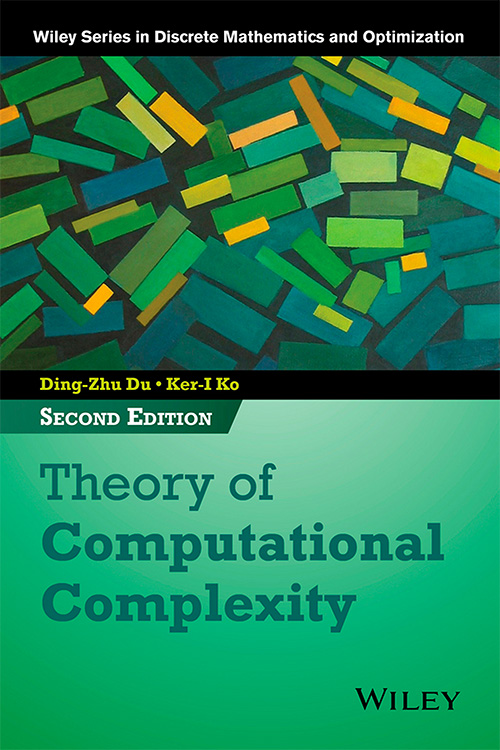Game Architecture And Programming Wiley Pdf
The Book Introduces Readers To The Technologies And Software Engineering Practices Used In The Game Industry Today. It Helps Readers Learn The Basics Of Creating A Pc Game Based On Directx. The Topic Is Effectively Branched Into Two Parts: Game Architecture And Game Programming. The Examples And Programming Codes Are Practical And Interesting To Implement, Hence Providing A Very Engaging Readership Experience. It Expects The Reader To Be Familiar With C And C++ Programming And Have A Very Basic Understanding Of Windows Programming. Once Done, The Readers Will Be Able To Build Their First Game On Windows By Writing Their Own Graphics And Logic Engine. Part A Game Architecture • Core Game Design • Initial Design • Technical Aspects Of Game Design • Building Blocks • Initial Architecture Design • Development Part B Game Programming • Technologies • Design Practices • Building Your Game • User Interface Programming And Input Devices • 2D Drawing And Directx • Initialization And Main Loop • Loading And Caching Game Resources • 3D Graphics And 3D Engines.
Architecture, Performance, and Games Game Programming Patterns Introduction. Before we plunge headfirst into a pile of patterns, I thought it might help to give you some context about how I think about software architecture and how it applies to games.

Description Game Architecture and Programming introduces readers to the technologies and software engineering practices used in the game industry today. Ardo wd 1000 lx manual. It helps readers learn the basics of creating a PC game based on DirectX. The topic is effectively branched into two parts: game architecture and game programming.
The examples and programming codes are practical and interesting to implement, hence providing a very engaging readership experience. It expects the reader to be familiar with C and C++ programming and have a very basic understanding of Windows programming.
Once done, the readers will be able to build their first game on Windows by writing their own graphics and logic engine. Part A Game Architecture 1.
Core Game Design 1.1 Introduction 1.2 Game design principles 1.3 Game design process 1.4 Build the concept 1.5 Creating the game specification 1.6 Gameplay in detail 1.7 Gameplay specification Summary Key Terms and Concepts Review Questions Assignment 2. Initial Design 2.1 Introduction 2.2 Game and hardware abstraction 2.3 The problem domain 2.4 Tiers of game architecture 2.5 Tokenization Summary Key Terms and Concepts Review Questions Assignments 3.
Technical Aspects of Game Design 3.1 Introduction 3.2 The state of the art 3.3 Blue-Sky research 3.4 Reinventing the wheel 3.5 Use of object technology Summary Key Terms and Concepts Review Questions Assignments 4. Building Blocks 4.1 Introduction 4.2 Game development issues 4.3 Core groups in soft ware factory and their interactions 4.4 Reusability in soft ware Summary Key Terms and Concepts Review Questions Assignment 5. Initial Architecture Design 5.1 Introduction 5.2 Architectural styles 5.3 The tier system 5.4 Architecture design 5.5 Applying tier-based approach to architecture design Summary Key Terms and Concepts Review Questions Assignments 6. Development 6.1 Introduction 6.2 The development process 6.3 Code quality 6.4 Coding priorities 6.5 Debugging and module completion 6.6 The seven golden principles of effective design 6.7 Five important aspects in game development 6.8 The three lead balloons Summary Key Terms and Concepts Review Questions Assignments Programming Assignments Part B Game Programming 7. Technologies 7.1 Introduction 7.2 Deviation from normal programming 7.3 Available game platforms 7.4 Game display technologies 7.5 DirectX and OpenGL 7.6 Tools for game development 7.7 Display systems 7.8 Game engines 7.9 User interface 7.10 Resource caching 7.11 The main loop Summary Key Terms and Concepts Review Questions 8. Design Practices 8.1 Introduction 8.2 Some standard design practices in game development 8.3 Memory and its types 8.4 Optimizing memory access 8.5 Memory alignment 8.6 Virtual memory 8.7 Memory-mapped files 8.8 Naked and smart pointers 8.9 Game scripting languages Summary Key Terms and Concepts Review Questions Programming Assignment 9. Building Your Game 9.1 Introduction 9.2 Deciding on project directory structure 9.3 Creating a project in visual studio 9.4 Setting up Visual Studio build options 9.5 Source control 9.6 Popular source control soft wares 9.7 Source control best practices 9.8 Game build process Summary Key Terms and Concepts Review Questions 10.